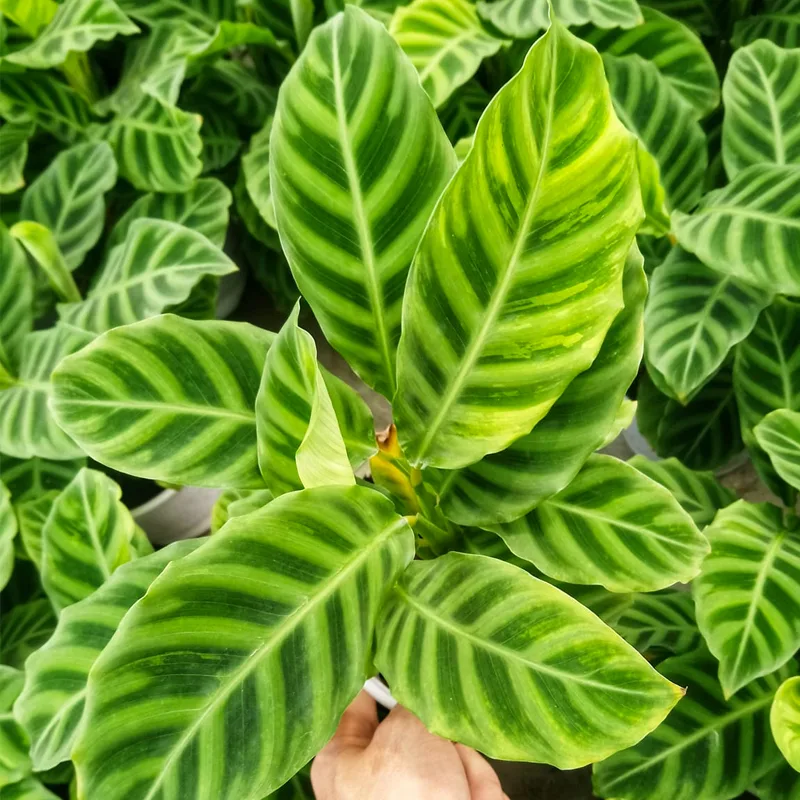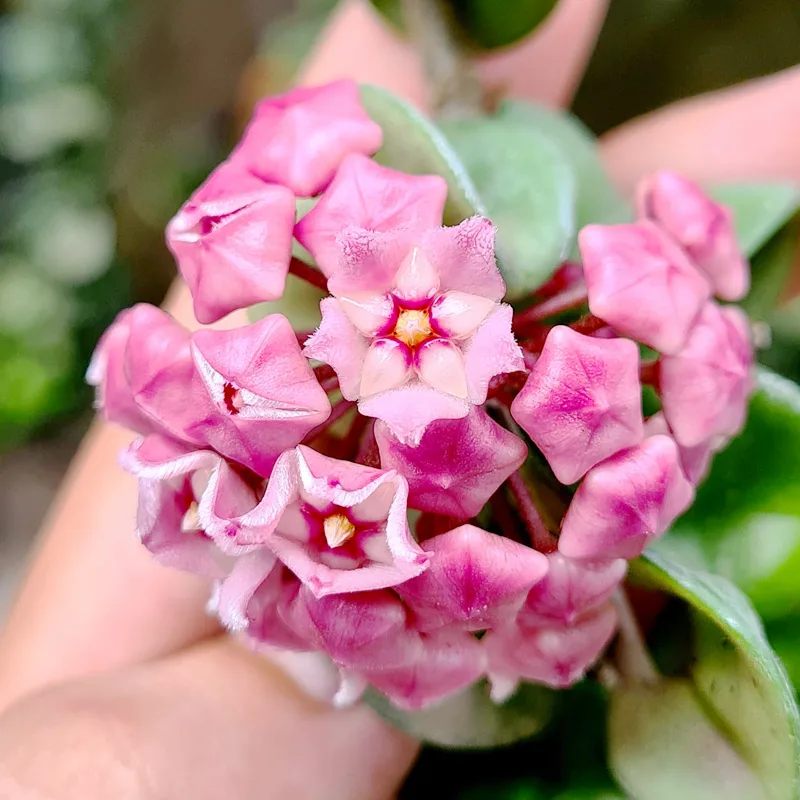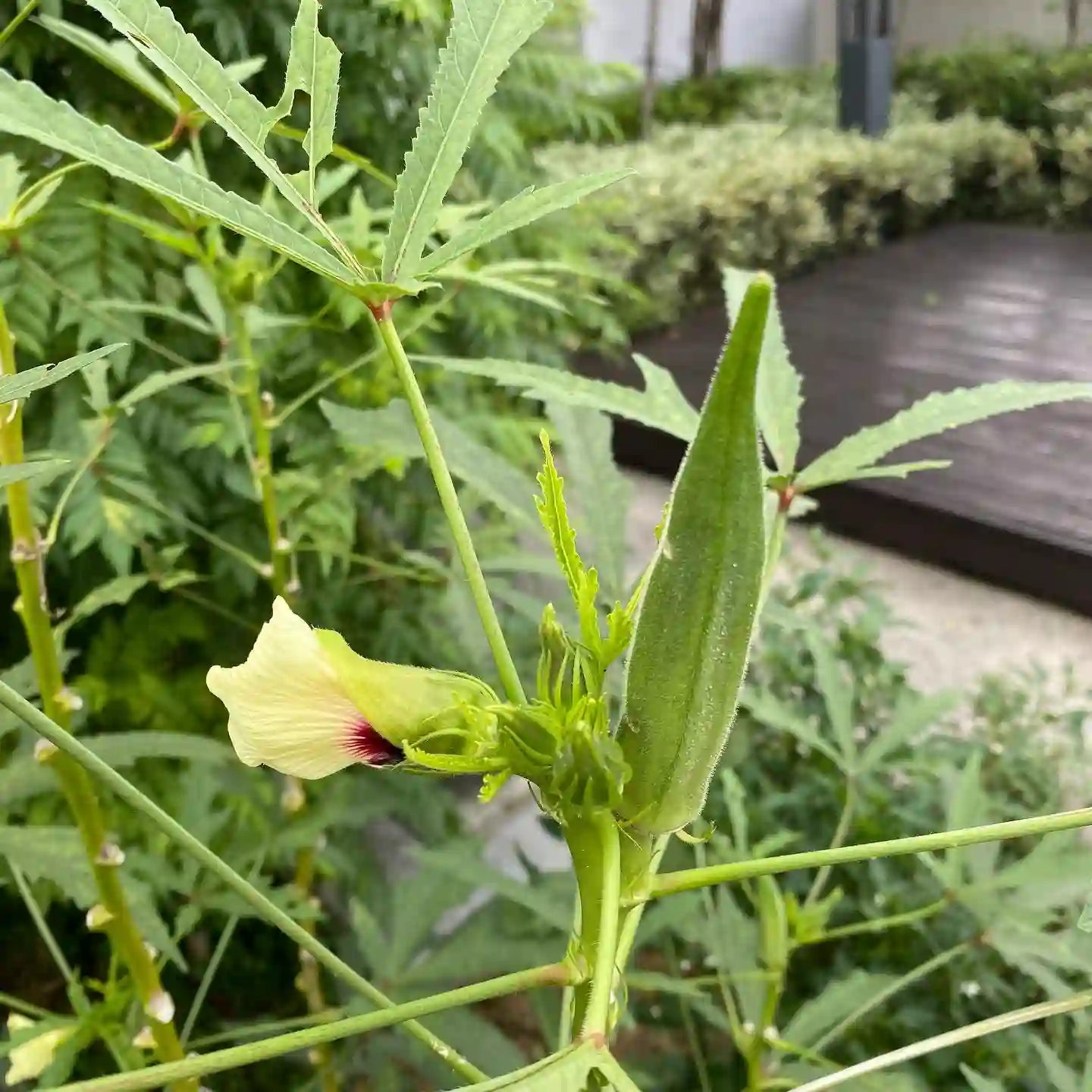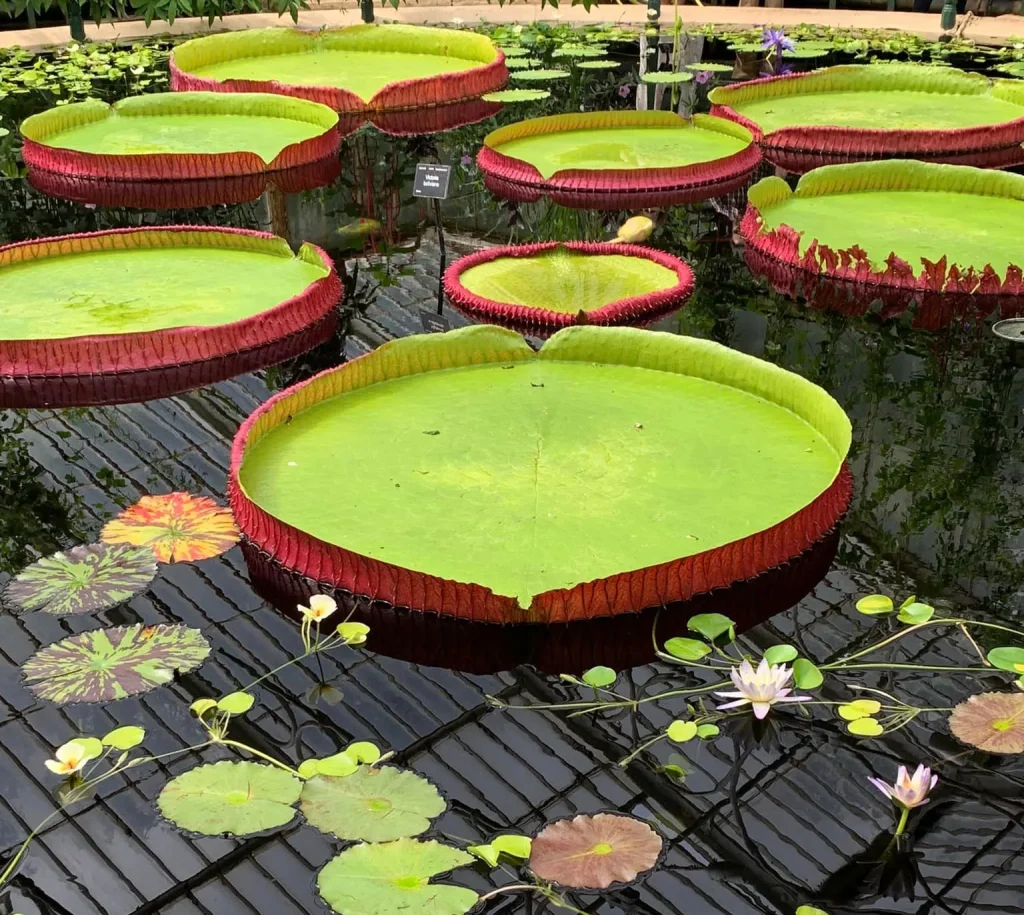Euphorbia Enterophora: The Madagascar Fire Tree – FAQs by Ferb Vu
Euphorbia Enterophora, also known as the Madagascar Fire Tree, has captivated me with its unique, sculptural form and architectural presence. As a plant enthusiast, I’ve delved into the world of this succulent, and I’m here to answer your burning questions.
2093 Species in Genus Euphorbia
What is Euphorbia Enterophora?
The Euphorbia Enterophora is a fascinating member of the Euphorbiaceae family, hailing from the sun-drenched island of Madagascar. This evergreen succulent transcends the typical leafy aesthetic, sporting a candelabra-like structure formed by segmented, fleshy stems. It thrives in subtropical and tropical dry forests, adding a touch of otherworldly beauty to its native landscape.
Is Euphorbia Enterophora a Cactus?
While Euphorbia Enterophora shares some similarities with cacti, like water-storing capabilities and a preference for dry conditions, it’s not a true cactus. Cacti belong to the Cactaceae family and are distinguished by features like spines emerging from specialized structures called areoles. Euphorbia Enterophora, on the other hand, has spines that emerge directly from its stems.
How Big Does Euphorbia Enterophora Get?
The growth trajectory of Euphorbia Enterophora depends on its environment. In its natural habitat, it can reach majestic heights of 30 feet (9 meters) or more, transforming into a truly captivating tree. However, when cultivated in pots, its growth is generally more restrained, typically reaching around 3-6 feet (1-2 meters).
Can Euphorbia Enterophora Be Grown Indoors?
Euphorbia Enterophora can thrive indoors, making it a captivating addition to your home. However, it requires specific conditions to flourish. It craves bright, direct sunlight, so position it near a south-facing window. Remember, it’s a succulent, so water sparingly – only when the soil feels completely dry to the touch.
How Do You Care for Euphorbia Enterophora Indoors?
Here’s a quick guide to caring for your Euphorbia Enterophora indoors:
- Light: Provide at least 6 hours of bright, direct sunlight daily. South-facing windows are ideal.
- Watering: Water thoroughly when the soil is completely dry. Avoid overwatering, as this can lead to root rot.
- Soil: Use a well-draining succulent or cactus potting mix.
- Potting: Choose a pot with drainage holes to prevent waterlogging. Repot every 2-3 years as the plant matures.
- Temperature: Maintain a warm environment, ideally between 65-80°F (18-27°C). Avoid frost and cold drafts.
- Fertilizer: Apply a balanced, diluted fertilizer specifically formulated for cacti and succulents during the active growing season (spring and summer).
How Fast Does Euphorbia Enterophora Grow?
The growth rate of Euphorbia Enterophora varies depending on factors like light, watering, and pot size. Generally, it’s a slow-growing plant, putting on a few inches per year indoors. However, with optimal care and ample sunlight, you might witness slightly faster growth.
Does Euphorbia Enterophora Flower?
Yes, Euphorbia Enterophora can flower under the right conditions. It produces small, inconspicuous yellow flowers clustered at the tips of its branches. However, flowering is less frequent indoors compared to its natural habitat.
Is Euphorbia Enterophora Poisonous?
Caution: Euphorbia Enterophora, like many other Euphorbias, contains a milky white sap that can be irritating to the skin and eyes. It’s wise to wear gloves when handling the plant and keep it out of reach of children and pets. If the sap comes into contact with your skin or eyes, rinse thoroughly with clean water. In case of ingestion, seek immediate medical attention.
Can Euphorbia Enterophora Be Propagated?
Absolutely! Euphorbia Enterophora can be propagated through stem cuttings. Here’s a simplified approach:
- Using sharp, sterilized pruning shears, take a healthy stem cutting a few inches long.
- Allow the cut end to callous over for a couple of days.
- Plant the cutting in a well-draining cactus or succulent mix and water sparingly.
- Provide bright, indirect sunlight and maintain warm temperatures.
- With patience, roots should develop within a few weeks.
Euphorbia Enterophora vs. Euphorbia Trigoni: What’s the Difference?
Euphorbia Trigoni, also known as the African Milk Tree, is another captivating succulent with architectural appeal. Here’s a quick comparison to help you distinguish them:
- Stems: Euphorbia Enterophora has segmented, fleshy stems that branch out, creating a candelabra-like structure. Euphorbia Trigoni boasts triangular, flattened stems with prominent ribs.
- Leaves: Euphorbia Enterophora is virtually leafless, with occasional small, scale-like leaves that fall off quickly. Euphorbia Trigoni retains small, thorn-like leaves along its ridges for a longer period.
- Flowers: Both produce inconspicuous yellow flowers, but Euphorbia Enterophora’s flowers appear in clusters at branch tips, while Euphorbia Trigoni’s flowers emerge from small cyathia (modified flower structures) along its stems.
- Growth Habit: Euphorbia Enterophora has a branching, candelabra-like growth, while Euphorbia Trigoni grows in a more upright, columnar fashion.
In summary: Euphorbia Enterophora boasts a segmented, branching structure with minimal leaves. Euphorbia Trigoni features flattened, triangular stems with persistent thorn-like leaves.
Conclusion
Euphorbia Enterophora, with its sculptural silhouette and architectural presence, is a captivating succulent that can add a touch of the exotic to your home. By understanding its specific needs and providing proper care, you can cultivate this unique plant and enjoy its beauty for years to come. Remember to exercise caution due to the sap’s irritating nature.
If i die, water my plants!



